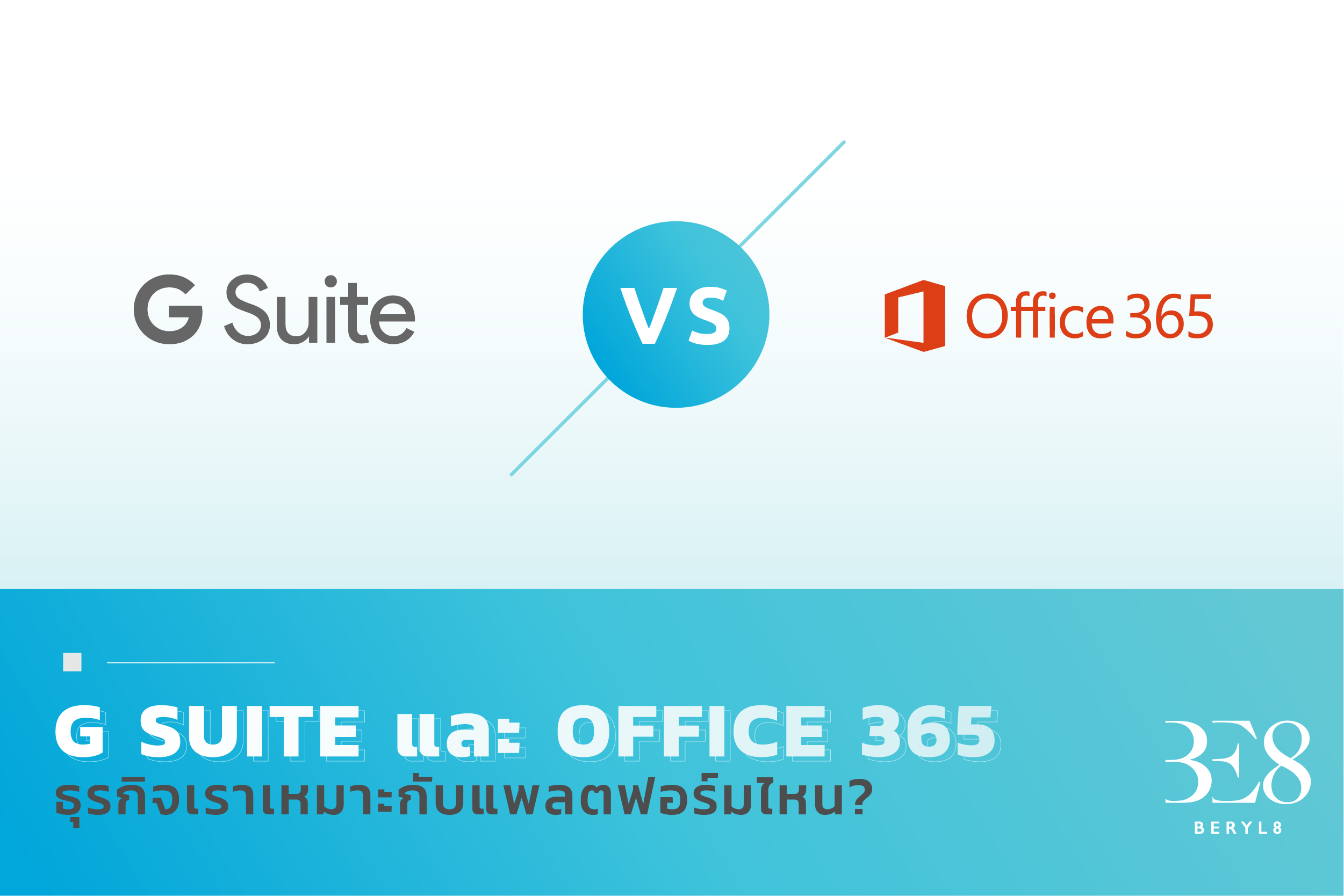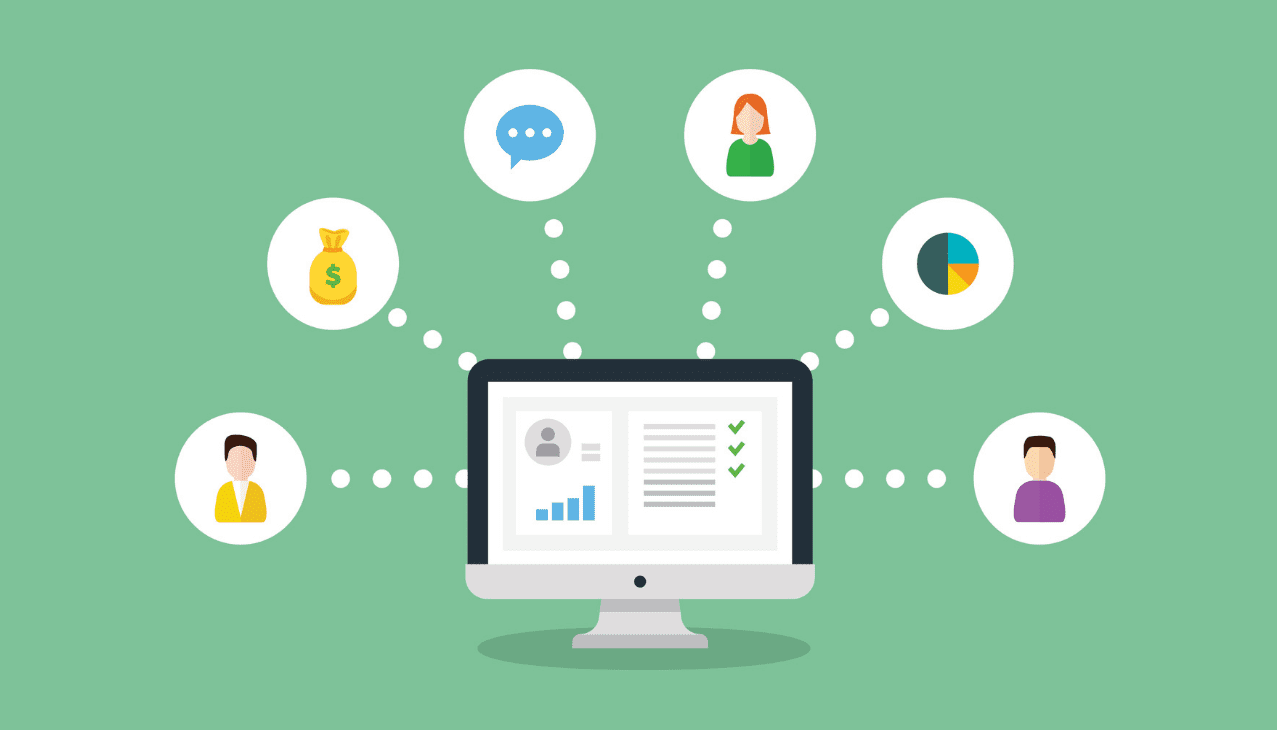Preparing Your Contact Centre Workforce for the AI Revolution

Listen to almost anyone talk about artificial intelligence (AI), and you’ll likely hear one or two — or 50 — cries of fear that “AI is taking our jobs!” While it’s true that AI is changing how we all work, it has the potential to change it for the better. In most cases, and especially in the contact center, AI isn’t replacing employees; it’s enhancing their abilities.
The AI revolution is transforming contact center roles — making them more engaging, robust and satisfying.
The addition of AI means that simple, rote tasks can be automated to chatbots and voicebots. At the same time, human agents continue to handle the more fulfilling work of orchestrating personalized customer experiences and meeting their customers’ ever-growing expectations.
This future of work is one in which employees and AI tools work in tandem to create exceptional experiences.
The Consistent March of AI Innovation
AI isn’t going anywhere. In fact, it’s only becoming more prevalent in business. According to Forbes Advisor, businesses are using AI throughout several areas, with customer service applications being the most popular. In the contact center space, AI helps drive loyalty by creating more personalized customer experiences. AI-enabled workforce engagement management (WEM) tools also have a profound impact on employee productivity and satisfaction.
By automating processes and equipping managers with the actionable insights gleaned from deep analytics, AI boosts employee performance and motivation. For example, AI offers several powerful out-of-the-box capabilities to improve employee engagement.
It helps businesses:
- Better understand employees and customers — and areas for improvement in interactions — through conversational AI that automatically analyzes customer-agent conversations for insights.
- Perform data-driven forecasting and planning, leveraging AI-powered automation to streamline the process or resource planning using a single comprehensive tool.
- Spot patterns of excellence and opportunities for improvement through AI-generated insights, enhancing quality assurance by identifying and understanding the root causes behind them.
- Enhance employee performance and reduce turnover by using AI to pinpoint specific knowledge and skill gaps, as well as providing gamification, real-time metrics and personalized goals to improve motivation.
Companies that don’t embrace AI technology will be left behind by those that do. That means your workforce must be ready for it. And all teams need to adapt before the business can truly put AI to work. Focusing on workforce development, including retraining employees and building trust in technology will help your teams seamlessly adjust to working alongside AI.
Getting AI Right in the Workplace
Preparing the workforce for AI is essential. Here are six key steps for a smoother introduction and adoption.
- Educate and prepare the workforce. AI is a culture shift. Ensure your employees understand the technology and strive to develop a positive culture of acceptance around it. Build trust in AI by demonstrating how it will improve employees’ work and lives.
- Coach and re-train. Naturally, employees will need to be trained to use new AI tools and processes. AI-powered WEM tools can help supervisors identify areas of employee success, where they need improvement and training opportunities.
- Promote lifelong learning. Give employees access to resources about AI and its use throughout the business and encourage further education on the technology. Create opportunities within the company for continuous learning and ways to stay up to date on the latest AI trends. AI isn’t a one-and-done implementation: Just as it continues to evolve, so too must your teams.
- Set realistic employee expectations. Make sure employees understand the reality of how AI will change their jobs and work culture. Studies show that while nearly half of employees are afraid AI will make them redundant, seven in 10 are more than happy to let AI help reduce their workloads.
- Set realistic manager expectations. Similarly, make sure managers have a clear and realistic idea of what success looks like for their employees and how long it will take to get there. Help them to address employee concerns and encourage experimentation to build confidence.
- Develop a strong AI ethics framework. As powerful as AI is for creating value, it must be built on an ethical foundation. Create a solid AI ethics policy for the organization and communicate it to employees. This will ensure the technology is applied securely and adheres to data standards. It will also make certain that bias in AI models is addressed (and reduced). Be sure employees understand their roles in achieving the organization’s ethical standards around AI use and protecting data privacy.
AI Creates a World of Potential for Employee Satisfaction
AI tools provide a wealth of new opportunities for businesses, but there’s still a lot of learning to be done to be sure we get it right for your employees and your customers.
To find and retain top talent in the age of AI, companies must build a positive culture around the technology. And they need to provide employees with the skills, training and information necessary to feel engaged and excited. Preparing your workforce to work with AI tools — especially when it comes to customer and employee experience — and will yield incredible value and results.
Ready to invest in your future with AI? To get a better understanding of what capabilities you need to enhance your employee experience , contact our team of experts by clicking.



